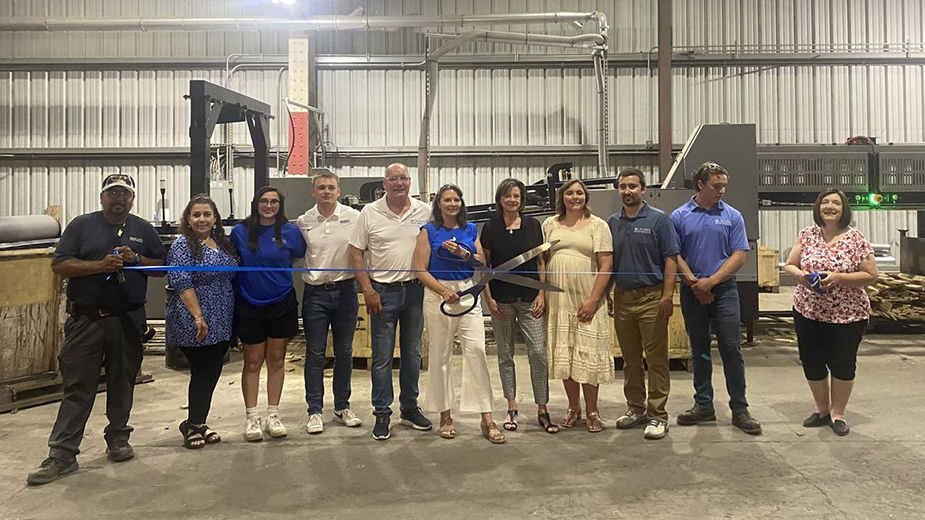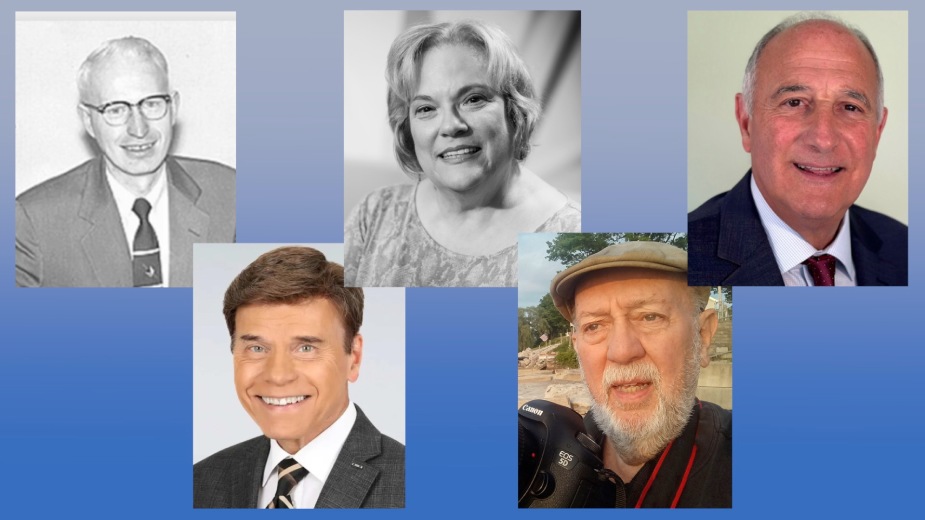Pastor Remembers Marching with King to Montgomery
Editor’s Note: The Rev. John W. Wigle of Boardman, rector of St. John’s Episcopal Church, Youngstown, from 1968 to 1978, was in Montgomery, Ala., in March 1965, with the Rev. Dr. Martin Luther King in the last days of the march on the state capital. We asked him to share his experience.
The concluding lyrics in a song from “The Fantasticks,” the world’s longest running musical, are “Try to remember and follow, follow, follow.”
On this date, I see them as challenging us to remember Martin Luther King Jr. and follow what he taught. My hope is that these hope that these facts and reflections on my participation in the last days of the Selma to Montgomery March in 1965 help.
Some background. In early 1965, demonstrating in behalf of voting rights for black Americans in Alabama was relatively peaceful until the murder of Jimmie Lee Jackson, who was beaten and shot by state troopers as he tried to protect his mother from beating her with their clubs. His death led to the planning of the march from Selma to the state capital, Montgomery.
King vowed not to return violence with violence, but, as the march began to cross the Edmund Pettus Bridge outside Selma on March 7, the Rev. James Reeb was murdered. Bloody Sunday began with more beatings and tear gas.
The next day King and his followers tried again to cross the bridge and knelt to pray. They withdrew to avoid further violence and to maintain their philosophy of nonviolence. They appealed to President Lyndon Johnson who federalized the Alabama National Guard and sent in a large contingent of FBI.
The president showed his support when he addressed the nation March 25 on television: “Their cause is our cause. … We must overcome the crippling legacy of bigotry and injustice.” His quiet concluding words from the civil rights chant left no doubt about his commitment to equality, “We shall overcome.”
Planning the march on Montgomery began early in 1965 when King issued a call to the nation’s religious leaders asking them and their congregations to join him in this peaceful nonviolent march. Many of us responded, including two from our parish in Orchard Lake, Mich., where I was rector at the time. At the Detroit Airport, we joined two others, flew to Atlanta, rented a car and drove to just south of Montgomery. We were welcomed by volunteers from the Southern Leadership Council. They gave us a short course on nonviolent behavior, a requirement for all marchers.
Then we were given directions to our lodgings for the night – the home of a gracious black Baptist pastor. We were welcomed warmly, fed and socialized. What Southern hospitality! Our eyes were opened to the poverty, the red clay roads. We admired the courage of our hosts.
On March 24, we joined the march and met companions from across the United States and other countries. The march that day was peaceful. We were protected as Johnson had promised. We were still in the suburbs with few bystanders and proceeded to the final park campsite.
That evening a thrilling and inspiring “Stars for Freedom” rally was held. We were entertained by Harry Bellefonte, Tony Bennett, Peter, Paul & Mary, Joan Baez and many more.
Together we sang “We Shall Overcome,” “I’ve Got a Hammer” and all the great Freedom songs. “The Black and White Together” words reflected our variety and stirred our united passion for the movement.
By the early morning of the 25th, our numbers had swelled to 25,000. And with King and the great band of leaders, arm in arm, as we marched a few more miles to the state capital our numbers grew.
The state troopers and FBI did their duty, on the whole showing no bias. At the Capitol, we listened spellbound to King’s speech that included: “How long? … Not long.”
He reinforced our purpose: “Our aim is not to defeat or humiliate, but to win friendship.” And then we began to disperse.
Were we afraid? No and yes. No, because we were together. Yes, as the crowd dispersed. We then experienced something for us, anyway, new and strange: fearing some of the white faces and looking for friendly black faces.
We could feel how easy it would be to be drawn into an “us and them” posture out of fear. How essential it was to remember our goal – to reconcile and build bridges with the tools of love and nonviolence that Martin taught and lived. Someone spit in the face of one of our small delegation. He found it hard to walk away and maintain nonviolence.
On our way back to Atlanta, we heard the news that the KKK had shot and killed Viola Liuzzo from the Detroit United Auto Workers delegation as she was driving marchers back to Selma. The reality of ”How long … not long!” hit us as we also realized, “Not yet.” We all grieved.
When I moved to Youngstown in 1968, I found others who had participated in all or part of the march. The late Rev. Lonnie Simon was there at the start and experienced Bloody Sunday. Also involved were the Rev. Morris Lee, the Rev. Stephen Pressey and the Rev. Jim Ray. I’m sure there were others.
In 1967, King wrote prophetically, “The boundaries of our world have all been breached. … Shall we choose chaos or community?” and called us to recognize “our inescapable network of mutuality.”
The words of the religion scholar John Dominic Crossan sum up the teaching King lived: “Justice is the Body of Love and Love is the soul of Justice. Separate them and you get neither.
Like Jesus, King lives in our memories. So, remember, and follow, follow, follow.
Copyright 2024 The Business Journal, Youngstown, Ohio.


